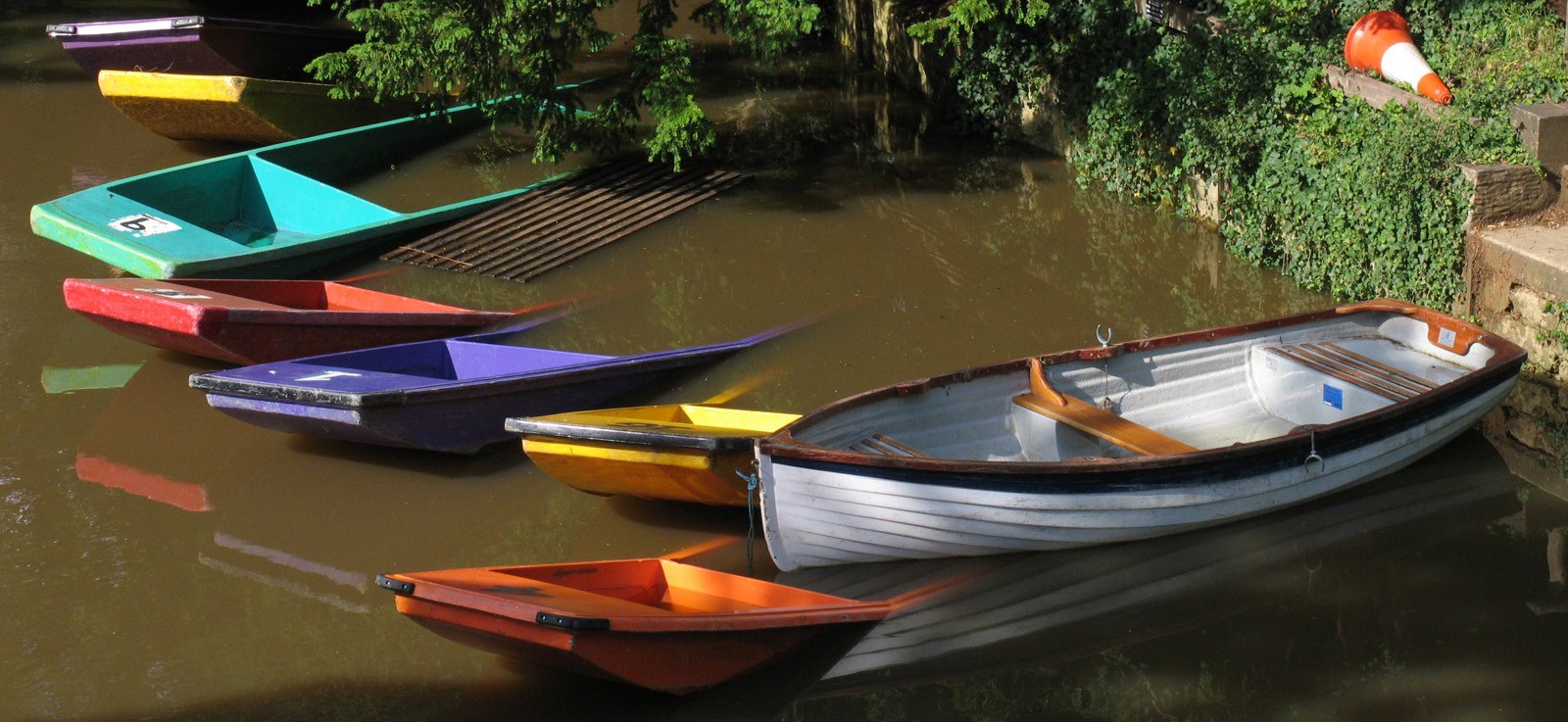

Ben Ward is on a mission to improve flood data, and reinvent the way we think about smart cities in the process. His Oxford Flood Network idea consists of small, battery-powered, wireless devices which the residents of the town themselves attach to bridges or secrete under floorboards.
“It was an idea that came from radiation monitoring in Japan–a bunch of Geiger counters attached to the internet, a sort of guerrilla sensor network idea,” said Ward. But he was also inspired by the desire to solve a local problem. The Environment Agency provides flood warnings for the Oxford area, but its small number of expensive, professional sensors are limited. “The Environment Agency data is not detailed enough,” Ward said. “We have backstreams that flood streets, and they only really have the main rivers. The level of detail we can get down to is under-floorboards groundwater. Quite often what happens round here is that the water comes up through the ground; it’s under the floorboards.” Ward was also inspired by the chance to utilize wireless space opened up by a pilot running in the United Kingdom to use gaps between TV channels for communication.
The flood network has the potential to draw on local expertise and resources to gather much more detailed data. It also offers a chance at greater local ownership of this data. “I like to think of it as a grassroots smart city. We’ll all need literacy about smart cities, about how we are being monitored,” said Ward. If we don’t just want to feel surveilled, he argued, it’s a good idea to try to understand how the systems work. Building even just a small part of a smart city can help demystify the process. “It also means that you are not completely tied up in somebody else’s agenda of what they want the data to show. You can collect whatever you want for your own purposes, and use that as your evidence, possibly counter other people’s evidence. All data is going to come with an agenda, so this is a chance to make your own,” he said.
Ward knows there are a range of ways this might be taken: “Such information at an individual property level is not only useful, it’s probably valuable, too. Though I’m reluctant to, I imagine insurance companies would be interested. It might be a good thing–we might be able to afford insurance–but it might also mean others can’t. Could it be turned to evil? It’s a thought that has occurred to me.”
And the future? Ward has spoken to the Swiss Hydrological Institute, which is interested in the potential of the idea in its sewers. He’s also taken workshops at the Wuthering Bytes festival in Hebden Bridge. “So we could have a Hebden Bridge Flood Network soon,” he said. There is a lot of scope for networks elsewhere and for cross-pollution of ideas with similar citizen networks exploring air quality, radiation, noise; whatever we can find a sensor for.
A lot of the idea is still up for grabs though, and that’s part of the point. “It’s still under development, as in it’s open for anyone to contribute.” Ward reflected: “Probably my biggest hope for the project is that I find a tipping point where we get people contributing.”
If you want to know more, or get involved with the Flood Network, there’s more information at its website. Or, find the group on Twitter @oxfloodnet.


How We Get To Next was a magazine that explored the future of science, technology, and culture from 2014 to 2019. This article is part of our Metropolis section, on the way cities influence new ideas–and how new ideas change city life. Click the logo to read more.
